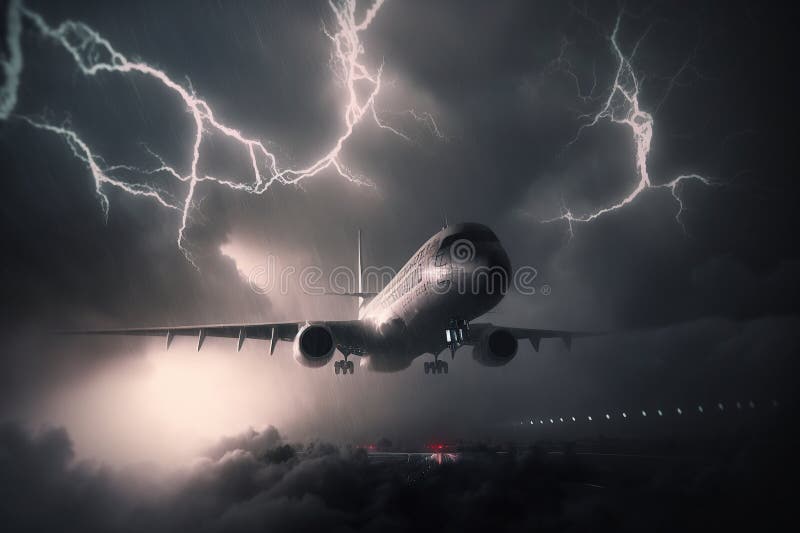The unpredictable nature of winter weather in North Texas can pose significant challenges for pilots, requiring them to exercise extreme caution during flights. In order to ensure a safe and successful journey, seasoned pilots recommend adhering to essential tips that can help mitigate the risks associated with flying during the winter months.
Adequate preparation is paramount when flying in winter conditions. Pilots should meticulously plan their route, taking into account forecasted weather conditions and potential icing hazards. It is crucial to consult up-to-date weather reports and NOTAMs (Notice to Air Missions) to stay informed about any adverse weather conditions or airspace restrictions.
Aircraft should be thoroughly inspected before takeoff, paying particular attention to the condition of wings, engine covers, and flight control systems. It is essential to ensure that the aircraft is free from any ice or snow accumulations, as these can significantly affect its performance.
Once airborne, pilots should maintain constant vigilance for any signs of icing. If icing is encountered, prompt action must be taken to remove it from the aircraft’s surfaces. This can be achieved by using anti-ice or de-icing systems, or by manually removing ice using a broom or chisel.
Pilots should also be aware of the potential for turbulence, reduced visibility, and strong winds associated with winter storms. Adjusting the flight path to avoid areas of severe weather is highly recommended, as is maintaining visual contact with the ground whenever possible.
Landing in winter conditions requires special attention due to the increased risk of runway icing. Pilots should approach the runway with caution, using proper braking techniques and avoiding sudden maneuvers. Aircraft should be equipped with appropriate anti-lock braking systems (ABS) to ensure optimal traction.
It is also important to consider the presence of snow and slush on the runway, as these can reduce braking effectiveness. Pilots should adjust their landing speed accordingly and be prepared to use reverse thrust to slow down the aircraft.
In addition to the aforementioned tips, pilots flying in North Texas during the winter months are advised to:
- Dress appropriately for cold weather and wear gloves.
- Carry a portable radio or personal locator beacon in case of an emergency.
- Stay informed about winter flying conditions by regularly consulting aviation websites and social media platforms.
For further guidance, pilots can refer to the following resources:
- Federal Aviation Administration (FAA) – Winter Flying Safety
- Texas Department of Transportation (TxDOT) – Winter Driving Conditions
- National Weather Service – Winter Storm Warnings and Advisories
Navigating North Texas skies during the winter season demands careful preparation, meticulous in-flight monitoring, and prudent landing procedures. By adhering to the essential tips outlined in this article, pilots can mitigate the risks associated with winter flying and enhance their chances of a safe and successful journey.
It is imperative to remember that aviation safety is a shared responsibility. Pilots, air traffic controllers, and airport personnel all play a vital role in ensuring the well-being of those who fly. By working together and adhering to established safety protocols, we can minimize the hazards posed by winter weather and promote a safe and efficient air transportation system.
